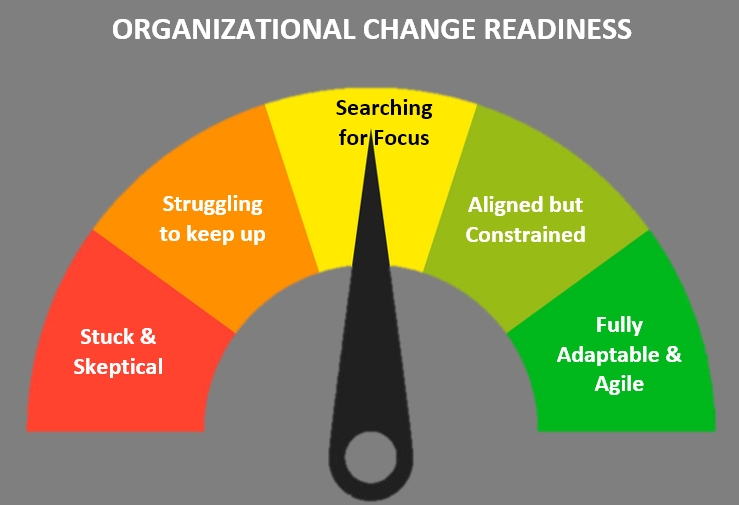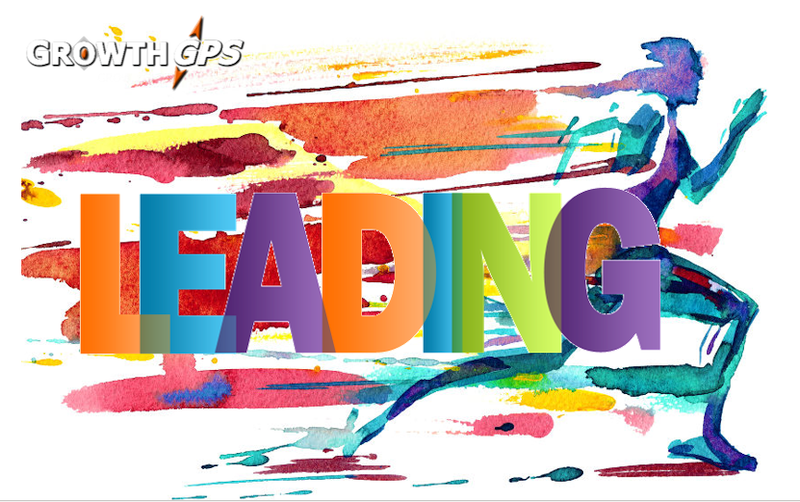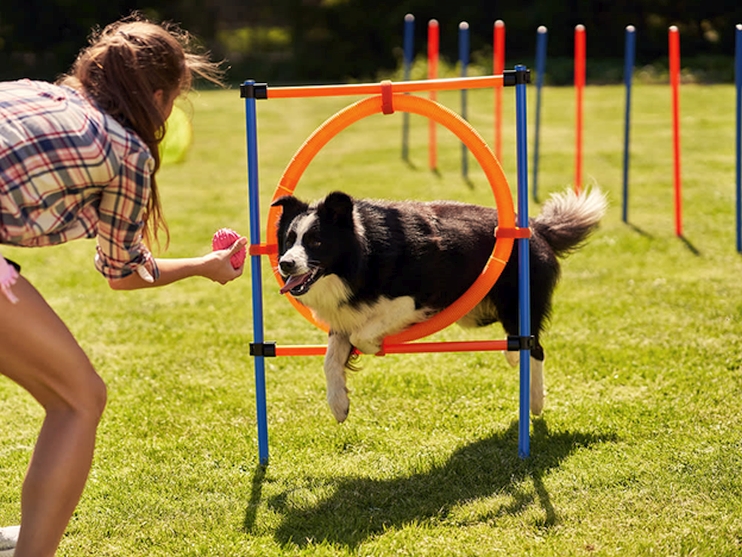5 Benefits of Agility Training for your Team
Highlights
- Agility Champion dogs train vigorously with their coach
- The Agility course for dogs is analogous to the obstacles we face in business
- We can learn how to improve Organizational agility from Agility Dog training
- Organizational Agility is a proven competitive advantage
The Agility category in AKC (American Kennel Club) dog shows is quickly becoming an audience favorite. Why? It’s fast, fun and a whole lot unpredictable. Watching champion dogs fly through the obstacles with precision is to see a dog and coach work as a seamless team. Of course, some of the less-than-graceful dogs launch into the course with joyful abandon only to recklessly ignore the course entirely, choosing instead to play unpredictably with the various obstacles and sometimes, seemingly playing their coach.
If either scenario resonates, there’s a lot we can learn as people working together to navigate the never-ending obstacles of business efficiently and successfully – building Organizational agility.
Why Organizational Agility?
Organizations with high capability to adapt to change are winning in today’s fast-paced environment –
- Identify new opportunities faster
- Respond and implement faster
- Learn and adjust quickly
- Cope with complexity
- Readily solve problems and adjust
While organizations with less agility focus on plans, agile organizations act. While imperfect, each action leads to learning and adjusting to improve. The result is a competitive advantage as first to market, and adjusting based on early customer response to provide the best solution that meets customer needs.
Learning from Agility Training for Dogs
Agility training for dogs is about learning and practicing the physical and mental skills behind a fun, fast-paced sport that involves both you as coach and your dog working as a seamless duo. As with anything new and challenging, practice makes perfect. The same applies to people, their coaches and teams in business.
5 Benefits of Agility Training
Whatever your goal — championship dreams or soul-satisfying good times — the benefits are the same. And the benefits for dogs translate to benefits for teams of people or entire organizations big or small.
-
Physical and Mental Exercise
Agility training works both physically and mentally to stimulate dogs. Learning how to get your dog to go over, under, around, or through different obstacles as you call out directions, while running to keep up with them, is the best kind of all-purpose exercise for dog and coach. Agility training is a case where dog and trainer are in sync, something that only develops with practice.
▶ The same opportunity holds true for teams of people. It’s not about being a track star. It’s about being in the game mentally as well as physically. About watching for the next obstacle and coaching each other through them. Practicing to build speed. Learning how to signal each other for how best to navigate through the obstacles one after another. Coaching not telling. Listening. Trusting.
-
Front and Rear Alignment
Agility training teaches your dog to be aware of their back end to keep their body working as one. They need to know how to keep their back paws close to obstacles to get around them efficiently. Building agility keeps your dog in great shape — maintaining a healthy weight and strong alignment. Agility practice includes taking time to warm up and cool down before and after training.
▶ As teams of people working together, we count on leaders to know where we’re going but fail to be aware of how the doers are following (like the dog’s rear paws). Agility builds alignment, making sure there’s awareness top-to-bottom in your organization. It’s that alignment that helps the team know when and how fast to change directions, keeping the team in great shape together. We also need to recognize the importance of warm-ups and cool downs. Starting and ending the day at warp speed doesn’t allow our natural rhythms to work – we need time to ramp up before operating at peak, and likewise time to ramp down to a more natural pace.
-
Refreshes Basic Skills
Agility training doesn’t require dogs (or you) to have any specific skills before you start. It’s critical to at least understand basics like sit, down, watch and stay. Agility training is your chance to refresh simple commands and skills your dog already knows. The difference is doing these skills back-to-back in different order, with increasing speed. It helps to let the treats flow to celebrate, and bask in your dog’s every success.
▶ Same goes for people – Organizational agility doesn’t require learning new skills. But it does mean learning how to switch from one skill to another quickly. To be aware of which skill will get the team around the next obstacle efficiently. And of course, people appreciate treats and recognition just as much as dogs. It’s amazing what we’ll do to earn appreciation or that next reward!
-
Strengthens Bonds
Agility is 100% present time with your dog. No cell phones, no distractions. Totally tuning in to them makes it possible to start thinking and moving as one. Your dog will be in heaven, and you’ll develop an unspoken language between you that, while it may not fulfill the dream of them speaking English, makes all the other parts of your life together more magical. Spending extra time training your dog will teach you a lot about their personality as well as strengthen the bond between you. Find out what motivates them most: toys, praise, food or a combination?
▶ Building bonds between people also builds individual confidence, team confidence, and trust in each other. By tuning out distractions and tuning into each other, we start to move as one. We anticipate each other’s moves. If you’ve ever watched teams of people work seamlessly, there’s usually little or no talking – because there’s no need. The team has built a bond of trust between individuals through practice and repetition. We also learn what motivates each of us as individuals – personal praise, recognition among the group, awards, etc.
-
Builds Confidence and Lowers Anxiety
Agility training provides a focused way to give fearful dogs their moment. Although it isn’t an absolute cure for fearfulness or other issues like separation anxiety and reactivity, it can build confidence, which in turn, lowers anxieties. Learning life skills in a playful way allows your pup to shed stress. Most of all, teaching them through positive reinforcement tells them we have their backs, always.
▶ It’s only natural that every person lives with fear, it’s understanding those fears and helping mitigate them that builds personal relationships, trust and confidence. Changing how we train is key to reducing fear or change. Replacing the stress of intense skill training with learning by participating in a game, allows those who fear they won’t learn or perfect a new skill as quickly as their counterparts to join in and let their guard down. Laughing at one another as the game rolls out, we learn from each other’s mistakes and lend a hand. Fears are replaced with bonds of confidence.
How to Get Started
Building agility is a team sport. Tap our experience – we thrive helping teams and companies big and small to build Organizational Agility.
- Begin by quantifying your organization’s current Capacity for Change with our assessment (click the Change Gauge).
- Reviewing the results together, we want to understand the kind of obstacles you face so we can custom-build agility training your people will enjoy and learn from.
- Get a feel for how it works – read our 3 Steps to Build Agility blog (click the Leading Runner).

- Reach out – let’s get started!



